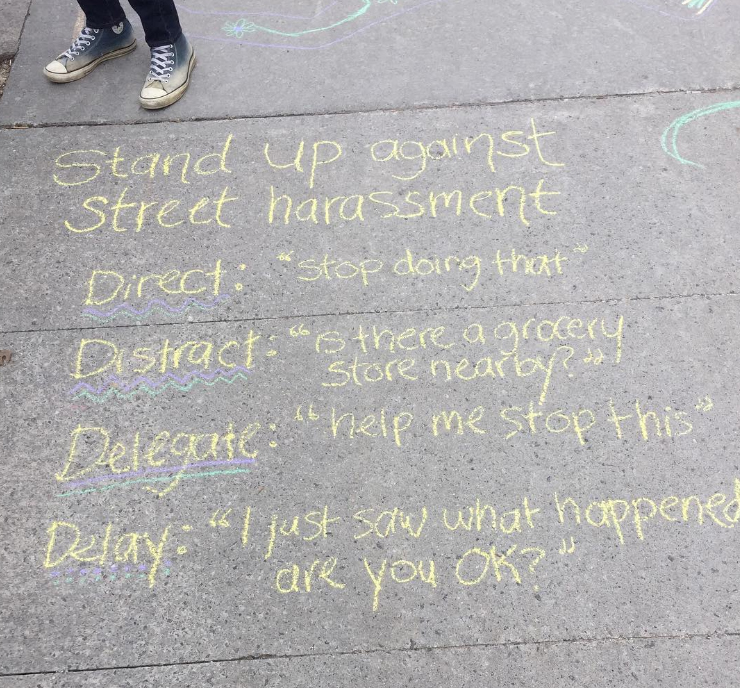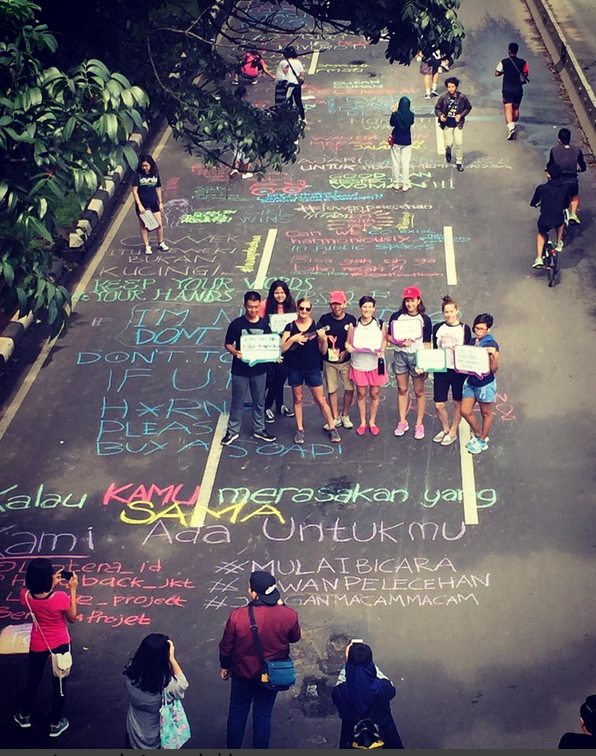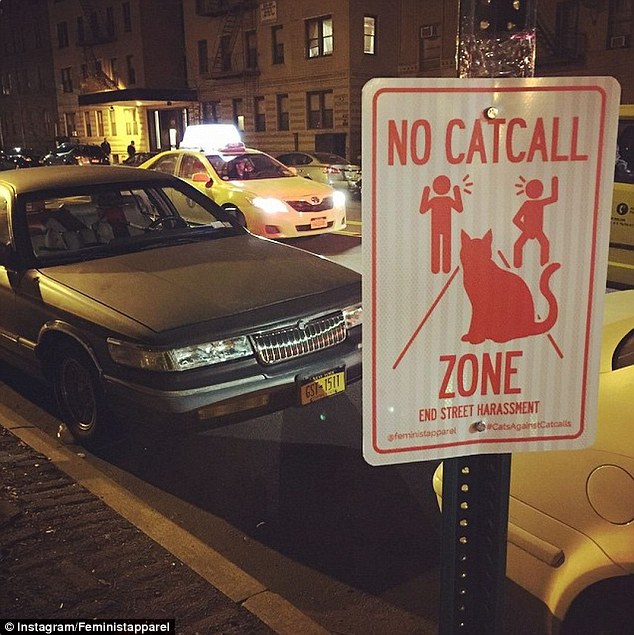I was 12 years old. I was walking along a busy street with my mother. A man leaned out of a car and shouted, “You’ve got nice legs but your nose is too big”. It made me feel scared and ashamed, and suddenly conscious of my appearance.
Optional: What’s one way you think we can make public places safer for everyone?
Educate everyone about equality, and how harassment affects people. Make misogyny a hate crime.
– Anonymous
Location: London, UK
Need support? Call the toll-free National Street Harassment hotline: 855-897-5910
Share your street harassment story for the blog.
See the book 50 Stories about Stopping Street Harassers for ideas.



 You can
You can  To write is the only form of catharsis I can find. Because as a coping mechanism, often all I can do in the moment is mentally file away the harasser, the location, the feeling, into the annexes of my mind, to ferment nicely until the time comes when I take to my keyboard to document and immortalise the incident. It is my small victory, using the fury it invokes to fuel a creative pursuit like writing.
To write is the only form of catharsis I can find. Because as a coping mechanism, often all I can do in the moment is mentally file away the harasser, the location, the feeling, into the annexes of my mind, to ferment nicely until the time comes when I take to my keyboard to document and immortalise the incident. It is my small victory, using the fury it invokes to fuel a creative pursuit like writing.